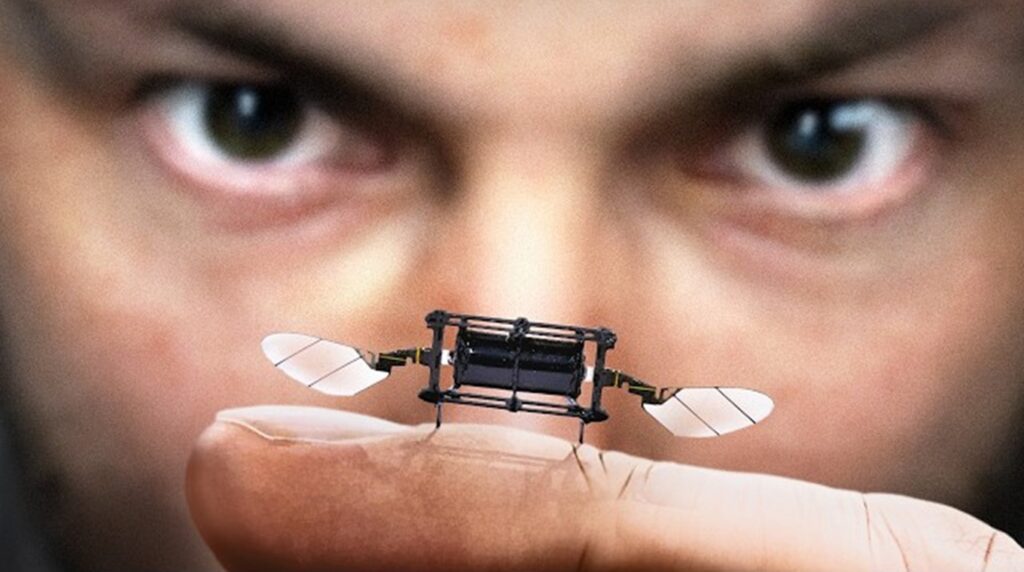Robots that resemble bees are being developed at the Massachusetts Institute of Technology (MIT), according to a CNN report. The device, which weighs less than a paper clip, can flap its wings up to 400 times per second and has achieved a maximum speed of two meters per second. It can also flip and hover.
Read: ESA: Rare photos of “Deimos”, Mars’ moon, from the “HERA” spacecraft
Researchers hope that someday it could assist in tasks like artificial pollination, perhaps even on other planets. “If you’re going to grow something on Mars, you probably don’t want to bring a lot of natural insects to do the pollination,” Yi-Hsuan Hsiao, a fourth-year doctoral student working on the project, told CNN. “That’s where our robot could potentially play a role,” he adds.
What is the robotic bee
Around the world, technologists are drawing lessons from nature to create robots that could perform better in complex tasks or harsh environments than traditional technology. The robotic bee flies using soft artificial muscles that extend and contract. The robot’s laser-cut wings and microscopic internal mechanisms, similar in size to watch components, are also manufactured in-house.
The MIT team is also working on a grasshopper-like robot. The device, smaller than a human thumb, can jump 20 centimeters into the air and handle terrain ranging from grass to ice and leaves. The small size of the bee-like and grasshopper-like robots means they could be useful for search and rescue missions or for exploring locations like the interior of a pipeline or a turbine engine.
The ability to develop a fully autonomous robot in the field could be 20 to 30 years away, estimate the people working on this particular project.




